In the variety of fabrics produced by the textile industry, coarse canvas fabric stands out. People have been using it for many centuries, and it still has not lost its relevance. Possessing remarkable properties, it has found its application in many areas: in sewing clothes and shoes, making bags, decorative crafts and much more.
Canvas Fabric: What It Is and How It Is Made
This is a fabric that uses plain weave for its production. This is the most common and simplest type of weaving of threads for creating fabric. Its essence lies in the fact that the main longitudinal threads and the weft transverse threads are intertwined in such a way that the front and back sides of the fabric are the same. The fabric is quite dense. It can be bleached or retain the natural grayish-beige color of the materials from which it is made.
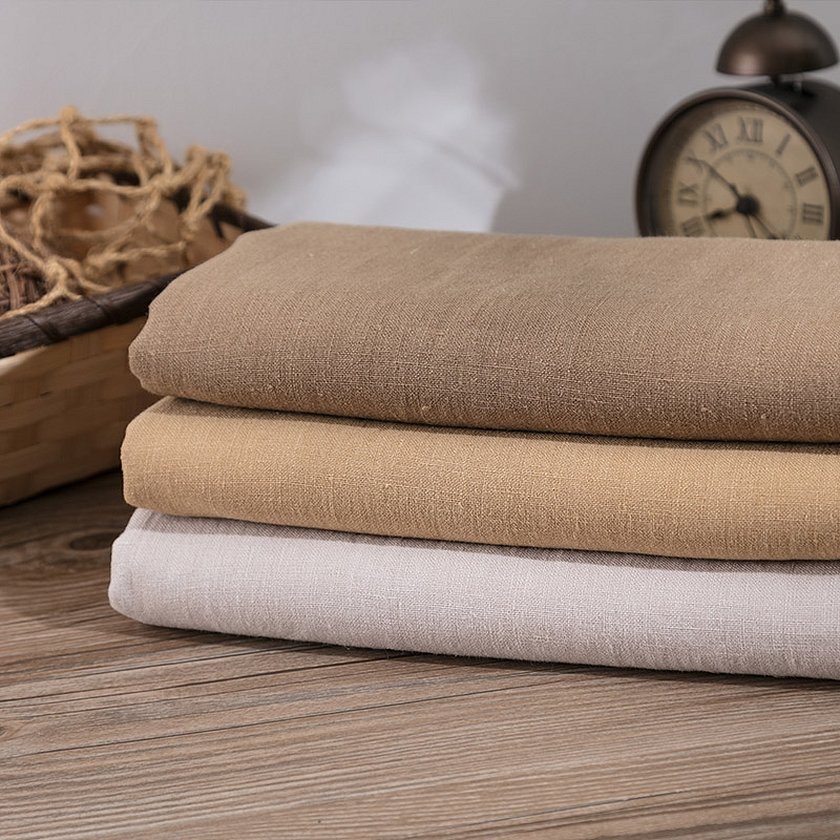
Additional informationCenturies ago, linen of pure white color was most valued. Clothes for noble people were made from it.
If you enlarge a photo of canvas fabric, you will notice the coarse weave of the fibers.

Initially, this fabric was made from unbleached flax threads. That is why it acquired a grayish color. After flax, hemp, jute and other materials began to be used for the production of canvas. This fabric was softer, but retained its texture.
The fabric may contain the following natural materials:
- flax;
- cotton;
- jute;
- hemp.
They can be used both separately and in combination with synthetic fibers such as polyamide, polypropylene, polyester threads.
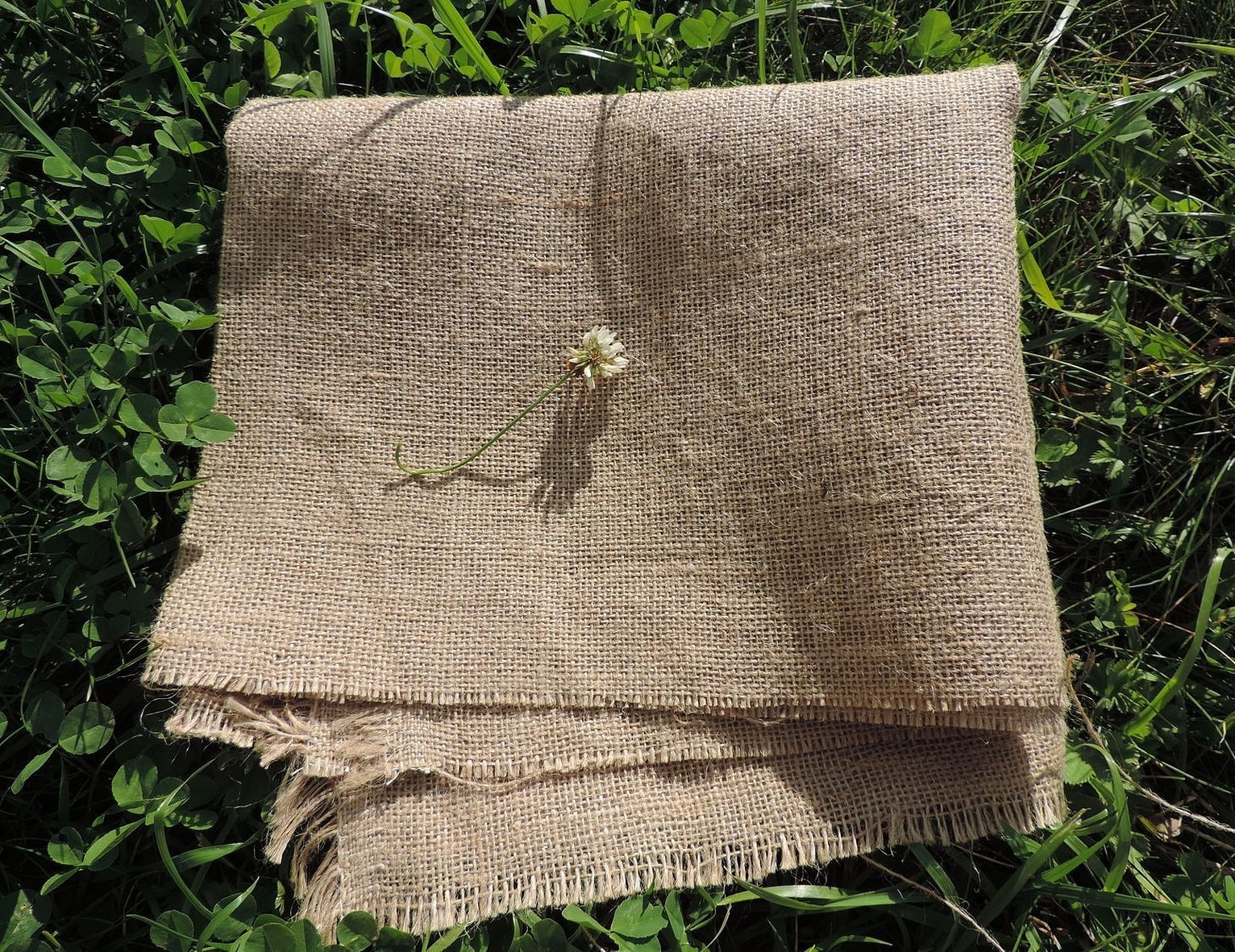
The width of the home-made canvas is about 40 cm. Factory-made canvas is usually 90 cm wide.
Please note! This fabric has other names, such as canvas or holshovka.
Basic properties of canvas
It is due to its properties that this fabric has become widespread.
Canvas can be of different thickness and degree of bleaching, and depending on this, have more or less pronounced properties inherent to it.
If it is made from a mixture of synthetic and natural raw materials, it will be more durable and strong than one made from natural materials.
Made only from natural materials, the fabric has improved heat-insulating properties and perfectly absorbs moisture.
The weave used produces a fabric with a fairly rigid texture. This makes the material highly durable.

The environmentally friendly natural materials used in the composition allow air to pass through while retaining heat. They also make the fabric hypoallergenic.
The ability of the fabric to resist dirt makes the fabric easy to care for. And if you follow the rules of washing and ironing, it will last a long time.
Applications of canvas fabrics
A few centuries ago, the host material was used to make most woven items, from clothing to sails. Today, the choice of textiles is much richer and more diverse. Canvas fabrics are not as common as they used to be. However, the material continues to be used in various fields.
Although canvas has become rarely used for sewing casual clothes, it is used to make work clothes, work robes and gloves, linings for jackets and trousers. Ethnic style outfits are created from this material. The fabric is also used to create the inner part of shoes.
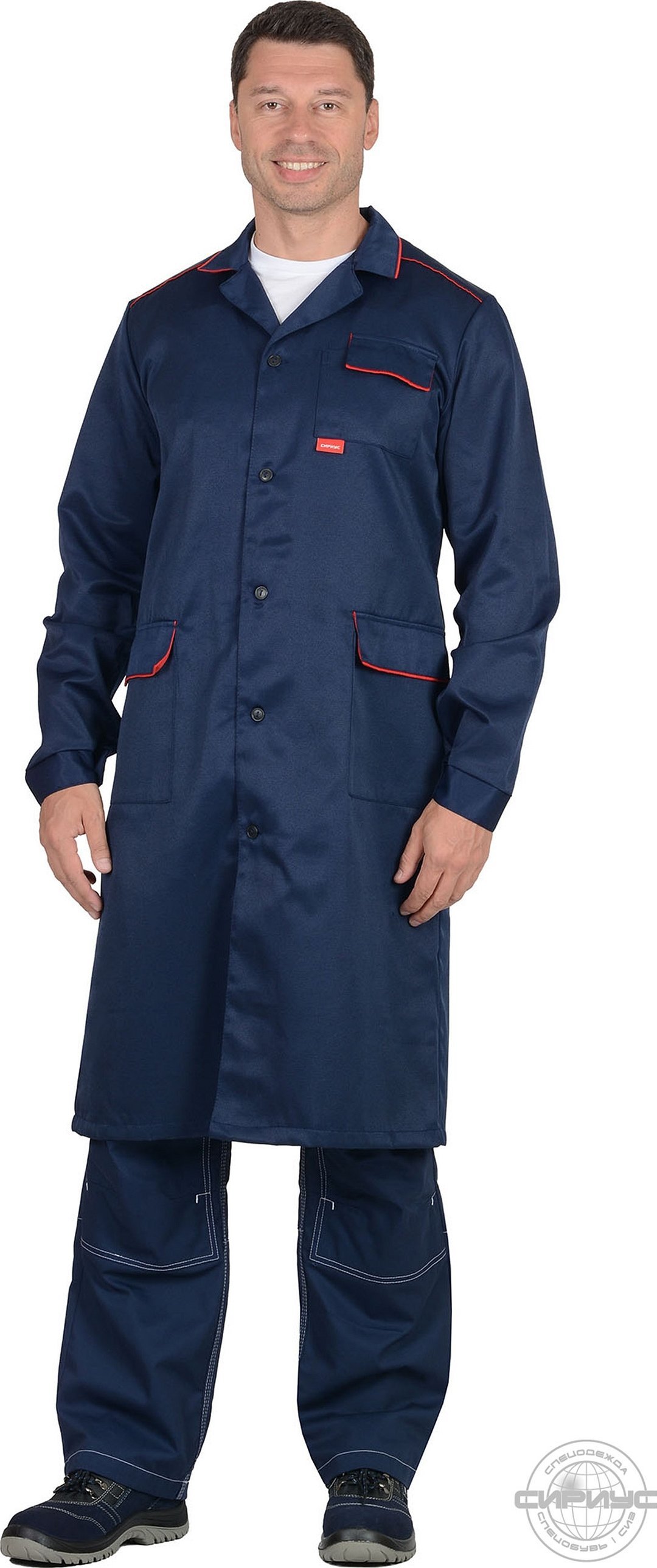
Canvas is widely used in home decoration. You can buy canvas pillows and bedspreads, curtains and drapes, towels and other accessories used in home design. Canvas is used to make furniture lining.
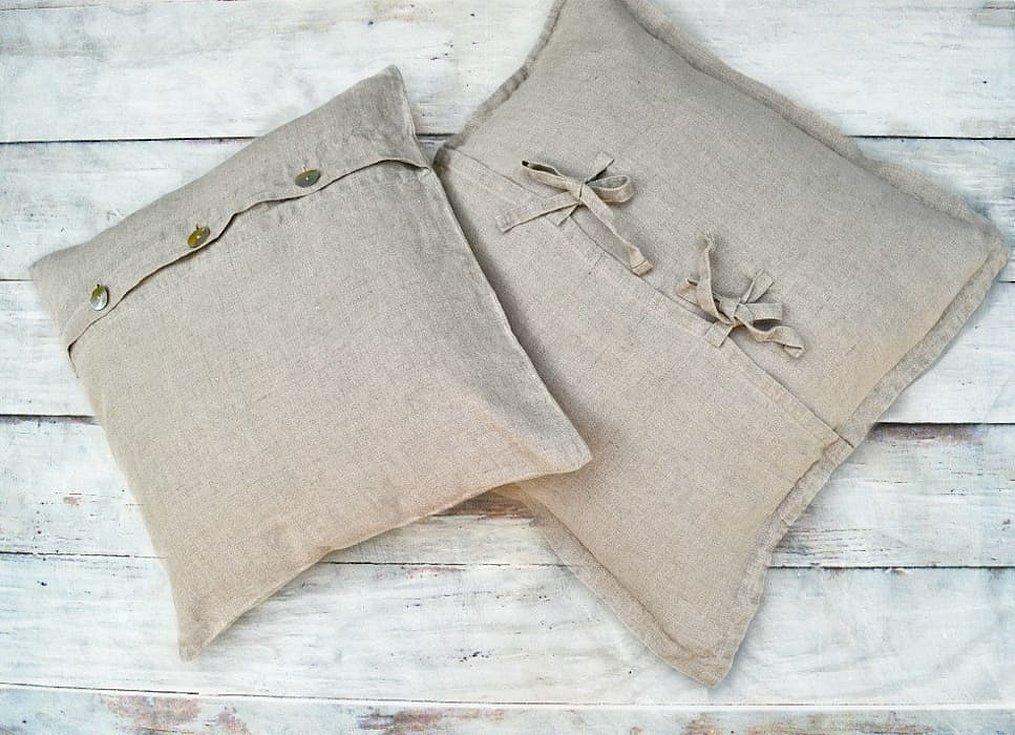
The material is used to create bags used to transport bulk products (salt, cereals) and cargo (sand), as well as cash collection money and postal parcels. To make the material more resistant to moisture and not subject to rotting, interlacing of synthetic threads is used.
It is also suitable for sewing bags and backpacks, which are decorated in an antique style or decorated with a bright and fashionable print or embroidery.
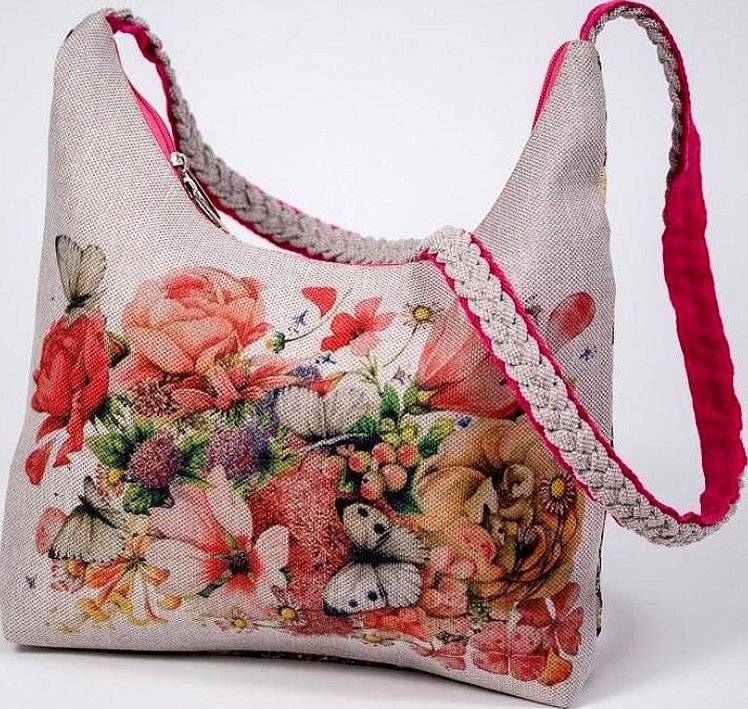
In production, canvas is used for wiping rags. And in the souvenir industry, it is used for gift wrapping, sewing souvenir bags, dolls. This material is also used in handicrafts for embroidery.
Painting is impossible without canvas. Oil paintings are painted on such a dense fabric.
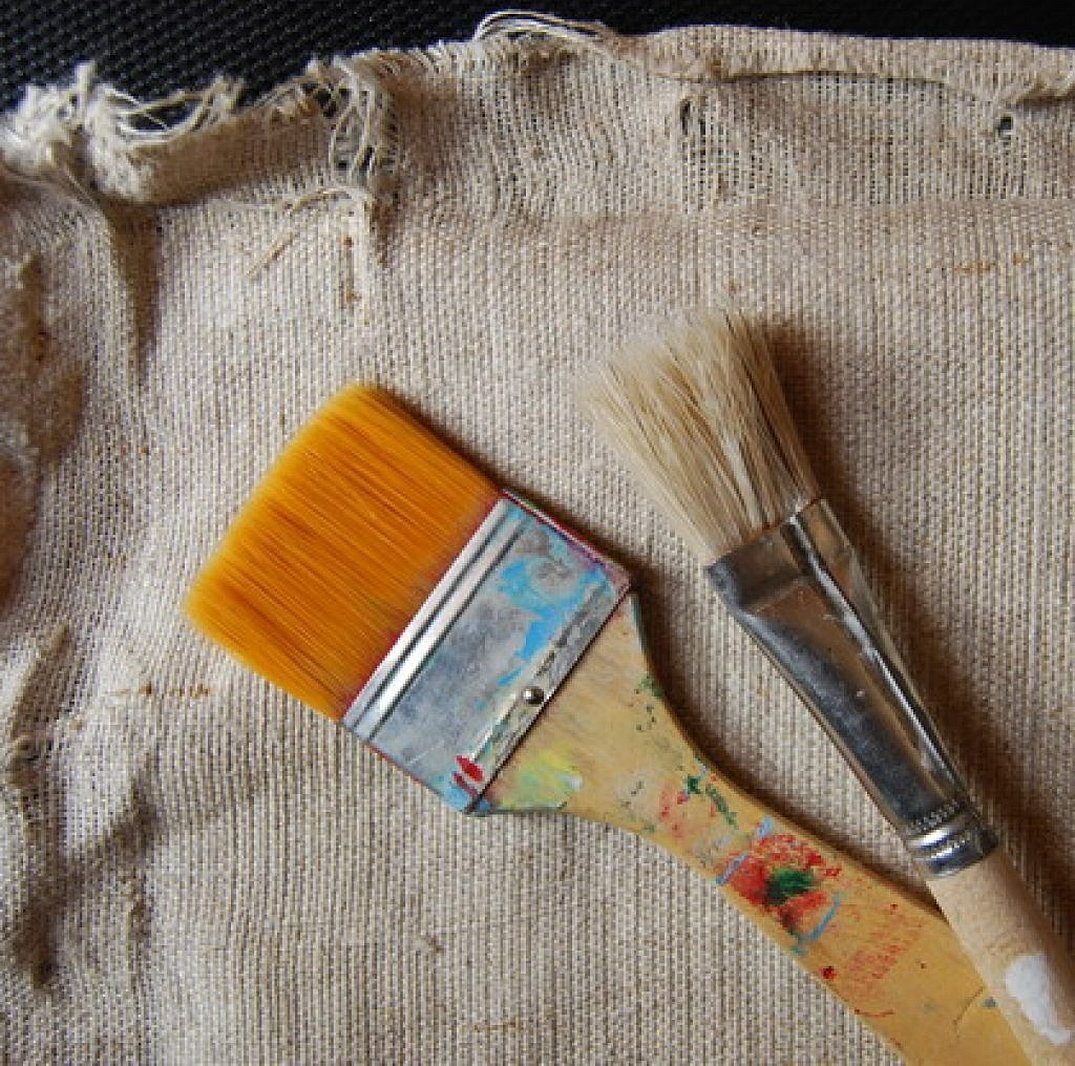
Linen fabric is used in the prevention and treatment of certain diseases. In order for the fabric to acquire healing properties, it is placed under the lid of the hive. This reduces the risk of drafts that are dangerous for bees. Over time, this piece of fabric becomes covered with wax, pollen particles and bee venom. This piece of fabric is called propolis canvas. It is used to warm diseased parts of the body, as an antiseptic and even to prevent acute respiratory viral infections.

An original way of using canvas was found in Tsarskoe Selo. Each sculpture in the Catherine Park was wrapped in canvas for the winter. The ability of canvas to absorb moisture ensured the safety of Italian marble during the cold season.

Necessary fabric care
Hostina is easy to care for. To extend the life of a product made from this material, simply follow the instructions on the label. This will help to preserve the original appearance of the product for a long time.
The method of fabric care depends on its structure and what raw materials were used in production.

If the canvas is of increased coarseness, such as that used for awnings or packaging, it is not washed, but shaken out or dried as needed.
Linen and cotton woven fabrics of medium or light weight can be washed and ironed. Bleaching agents can be used if necessary.
For fabrics whose structure consists only of synthetic fibers or is mixed, it is better to use a washing mode of 30 degrees. Such things should be ironed carefully, at a low iron temperature.
If the fabric has a low density, it will become softer after each wash.
Important! It is necessary to choose the right temperature for washing the fabric. In very hot water it can deform and "shrink".
Pros and cons
If the material canvas had significant disadvantages that exceeded its advantages, it would have been forgotten long ago. Thanks to the mechanization of the weaving machine, the use of new raw materials, new fabrics were invented. However, the material is still popular.
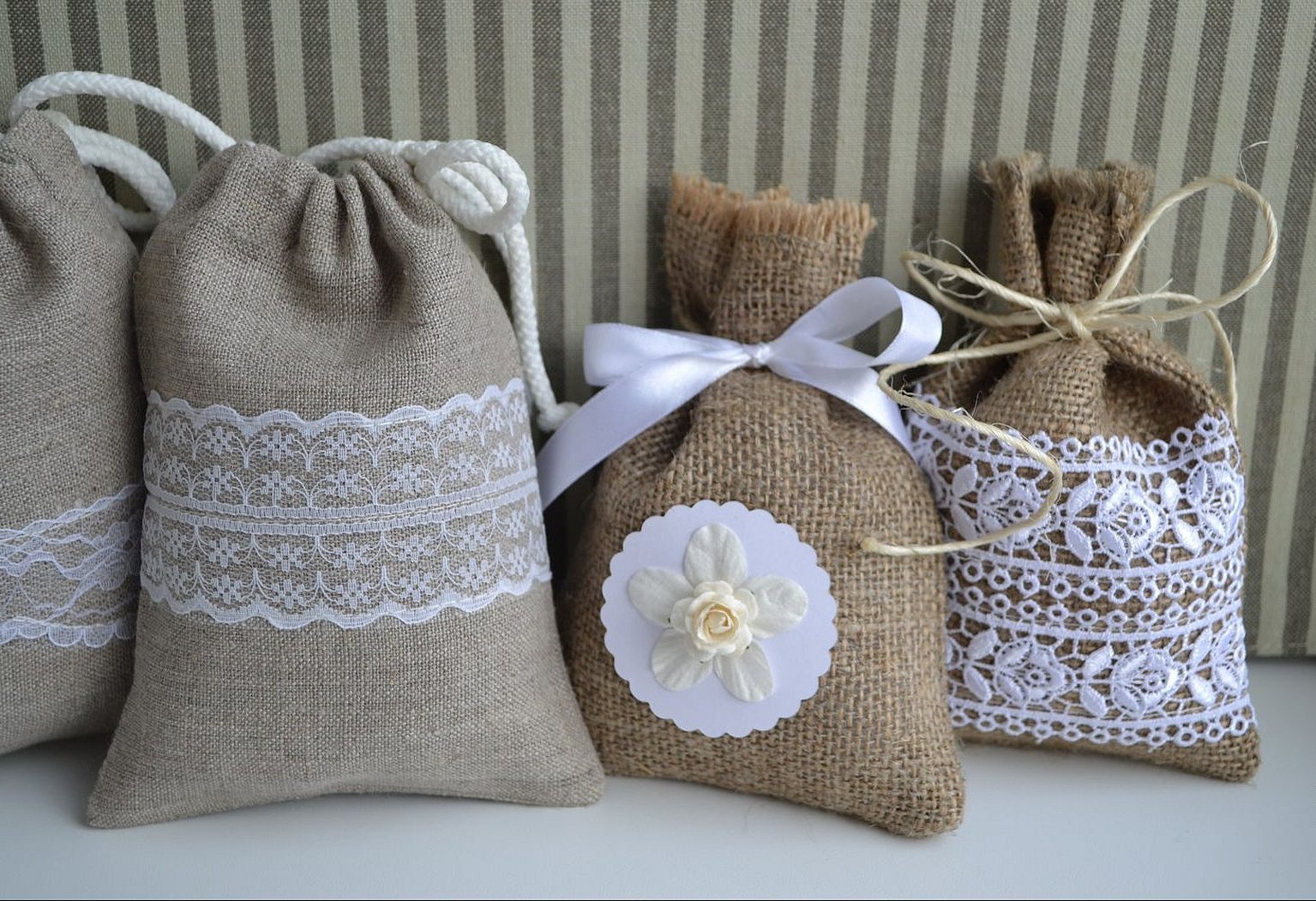
The following are noted as positive aspects of the canvas material:
- practicality and long term of its possible use;
- the strength of the fabric, its high resistance to wear;
- safety and hypoallergenicity of the material, due to the natural fibers used for its production;
- good breathability of the fabric;
- the ability of a material to retain heat;
- resistance to pollution;
- hygroscopicity, that is, the ability to absorb water vapor;
- low cost.
Please note! The material has no obvious disadvantages. Some of its properties are noted as disadvantages only under certain conditions.
Among the possible negative aspects of the material, the following are most often mentioned:
- The ability of the material to absorb moisture well. This quality is an advantage in the production of cleaning rags, sportswear. However, this quality turns into a minus for packaging materials made of canvas.
- Gray-beige color of canvas fabric. For a long time it was considered unattractive. But fashion trends have changed. And now canvas is used, among other things, for the production of trendy clothes, shoes and bags.
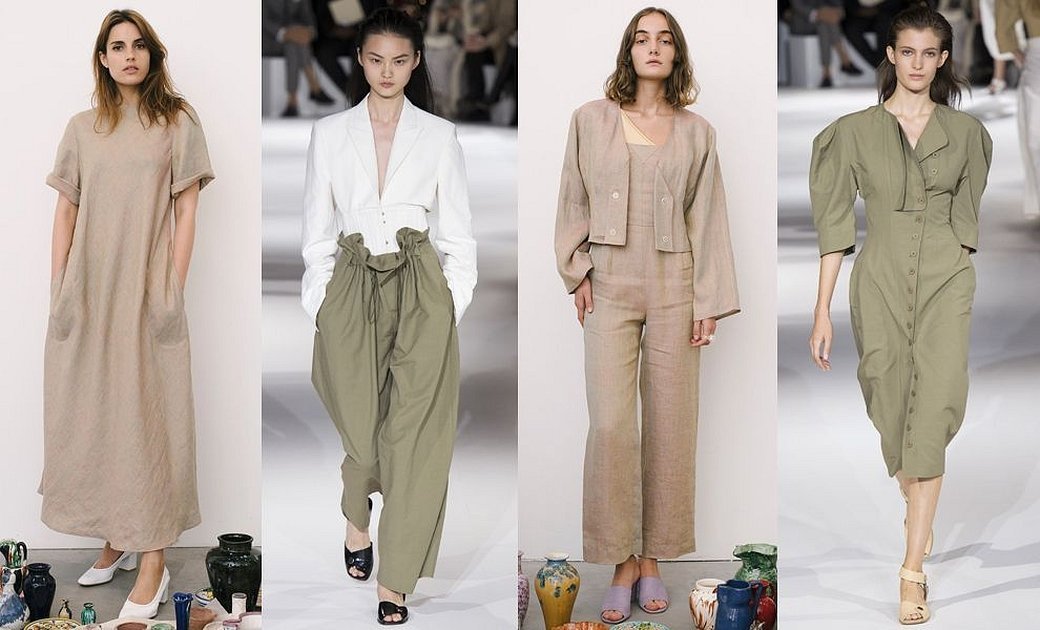
- Fabric stiffness. This quality cannot be categorized as a minus, since canvas is produced not only with high, but also with low and medium density. Material of such density is comfortable to wear.
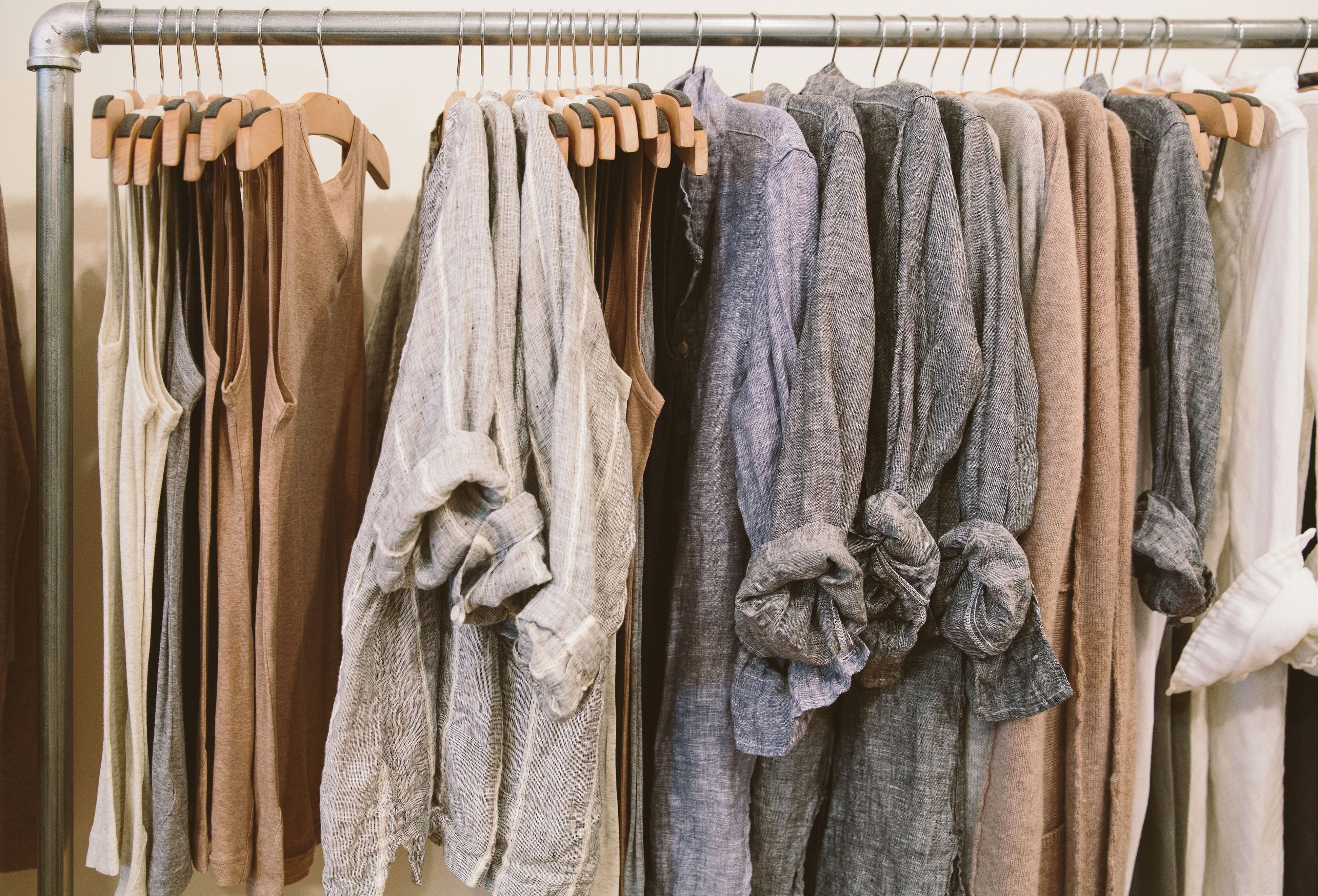
It can be said that canvas material is a unique material with remarkable properties. Naturalness, wear resistance, practicality and other properties allow it to be used in various areas - from fashion podiums to treatment. Therefore, it does not lose its relevance.




